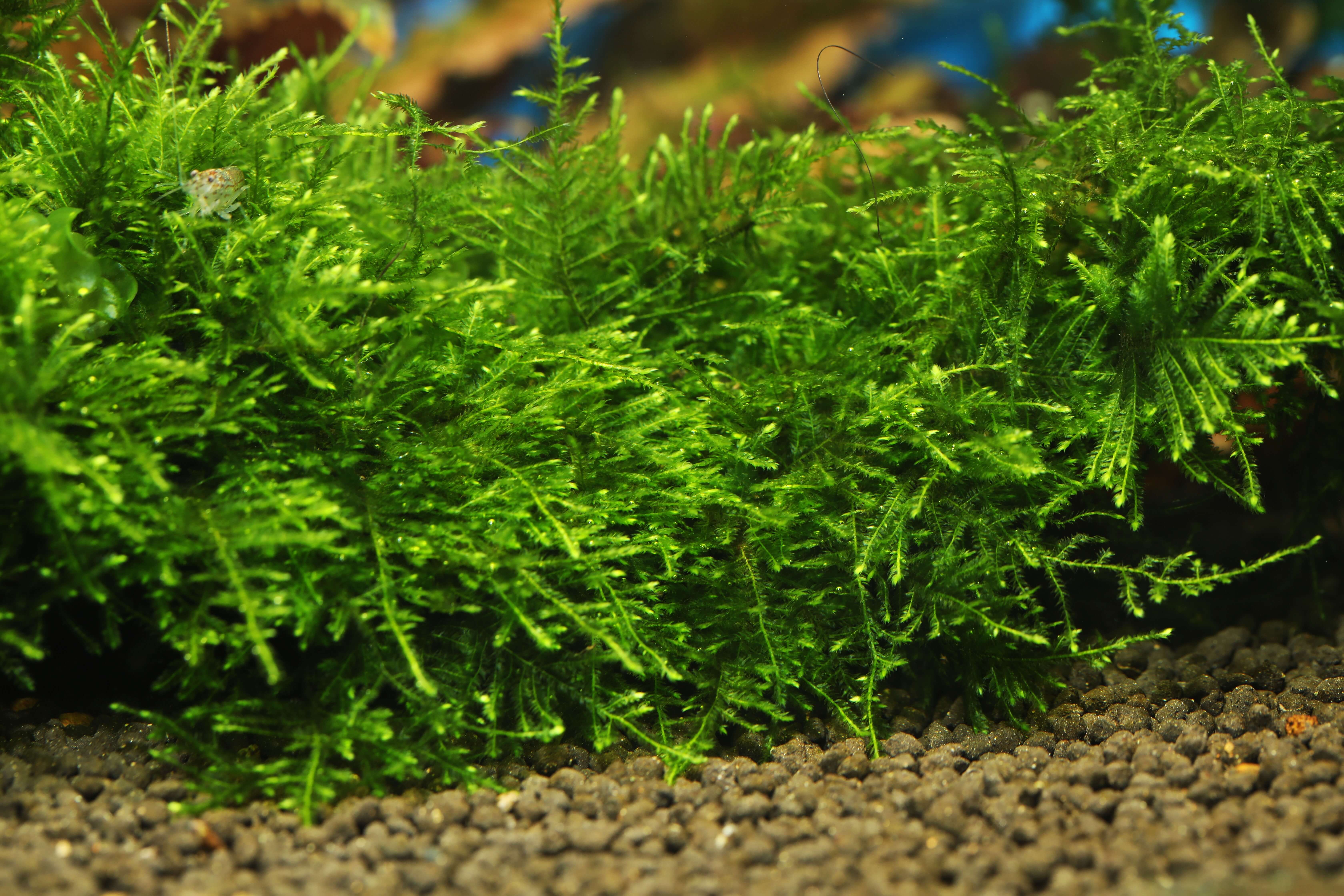Uncover the captivating world of Willow Moss with its unique features and stunning beauty.
The Origins of Willow Moss
WillowMoss, scientifically known as Fontinalis antipyretica, is a species of aquatic plant that belongs to the family Fontinalaceae. It is native to Europe, Asia, and North America, where it can be found growing in freshwater habitats such as rivers, streams, and ponds. Willow Moss gets its name from its slender, willow-like appearance and its ability to thrive in mossy environments.
This versatile plant has been used for various purposes throughout history. In traditional medicine, WillowMoss was believed to have healing properties and was used to treat fevers, hence its species name 'antipyretica'. It was also used as a source of food for aquatic animals and as a decorative plant in aquariums.
The Unique Characteristics of Willow Moss
Willow Moss is known for its unique characteristics that set it apart from other aquatic plants. One of its most notable features is its feathery appearance, with soft, delicate fronds that create an elegant and graceful look. These fronds can range in color from vibrant green to shades of brown, providing a natural and earthy aesthetic to any aquarium.
Another distinctive characteristic of WillowMoss is its ability to absorb and store nutrients from the water. This makes it an excellent choice for maintaining water quality in aquariums, as it can help reduce excess nutrients and minimize the growth of algae. Additionally, Willow Moss is a slow-growing plant, which means it requires less maintenance and trimming compared to other fast-growing aquatic plants.
The Beauty of Willow Moss in Aquatic Environments
Willow Moss adds a touch of natural beauty to aquatic environments. Its lush and dense growth creates a visually appealing underwater landscape, resembling a miniature forest. The delicate fronds sway gently with the movement of the water, creating a mesmerizing and calming effect.
In addition to its aesthetic appeal, WillowMoss provides benefits to the aquatic ecosystem. It serves as a habitat and hiding place for small aquatic creatures, such as fish fry and shrimp. The dense growth of Willow Moss also helps to oxygenate the water, promoting a healthy and thriving environment for aquatic life.
The Benefits of Willow Moss in Aquariums
Willow Moss offers several benefits when used in aquariums. Firstly, its ability to absorb excess nutrients helps to prevent the overgrowth of algae, keeping the water clean and clear. This can reduce the need for frequent water changes and maintenance.
Furthermore, Willow Moss provides a natural and biologically diverse environment for fish and other aquatic organisms. The dense growth of the plant offers ample hiding places and shelter for small fish, shrimp, and other invertebrates. This can help reduce stress and promote natural behaviors in captive aquatic animals.
Lastly, Willow Moss is relatively easy to care for, making it suitable for both beginner and experienced aquarium enthusiasts. It requires moderate lighting conditions and thrives in a wide range of water parameters. Regular pruning and removal of any decaying fronds will help maintain its health and appearance.
How to Care for Willow Moss in Your Aquarium
Caring for Willow Moss in your aquarium is relatively straightforward. Here are some essential care tips:
1. Lighting: Willow Moss prefers moderate to low lighting conditions. Avoid intense or direct sunlight, as it can cause the plant to wither or turn brown.
2. Water Parameters: Willow Moss can tolerate a wide range of water parameters, but it thrives in slightly acidic to neutral pH levels (6.0-7.5) and water temperatures between 60-77°F (15-25°C). Regular water testing and maintenance are essential to ensure optimal conditions for the plant.
3. Placement: Attach Willow Moss to rocks, driftwood, or other aquarium decorations using fishing line or a plant-safe adhesive. This will help anchor the plant and promote its growth.
4. Pruning: Regularly trim any decaying or discolored fronds to maintain the health and appearance of the plant. Be careful not to damage the healthy fronds during pruning.
5. Nutrient Supplements: While Willow Moss can absorb nutrients from the water, supplementing with liquid fertilizers or root tabs can help promote its growth and overall health.
By following these care tips, you can enjoy the beauty of Willow Moss in your aquarium and create a thriving aquatic environment for your fish and other aquatic inhabitants.
Additional Resources:
live aquarium plants | Ultimate Guide To Live Aquarium Plants
Unveiling The Truth: Cyrptocoryne Plants
Exploring The Beauty Of Dwarf Sagittaria
Planting Live Aquarium Plants - How To Guide






Leave a Comment